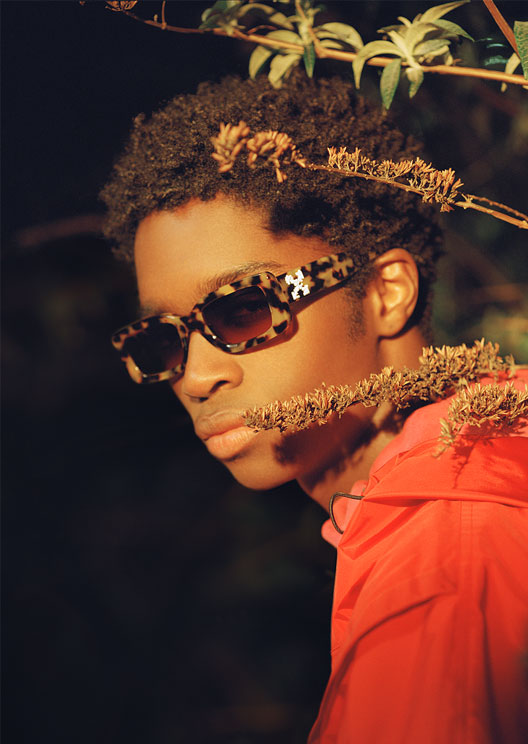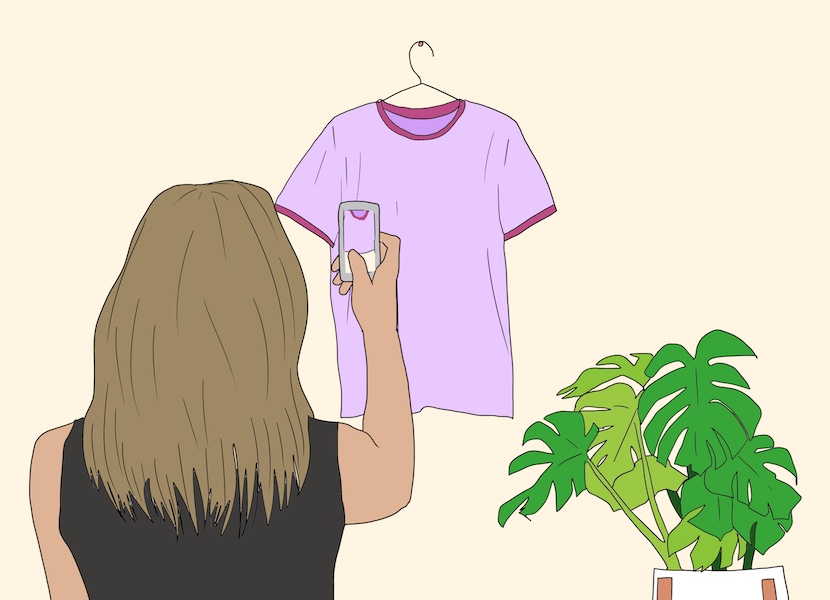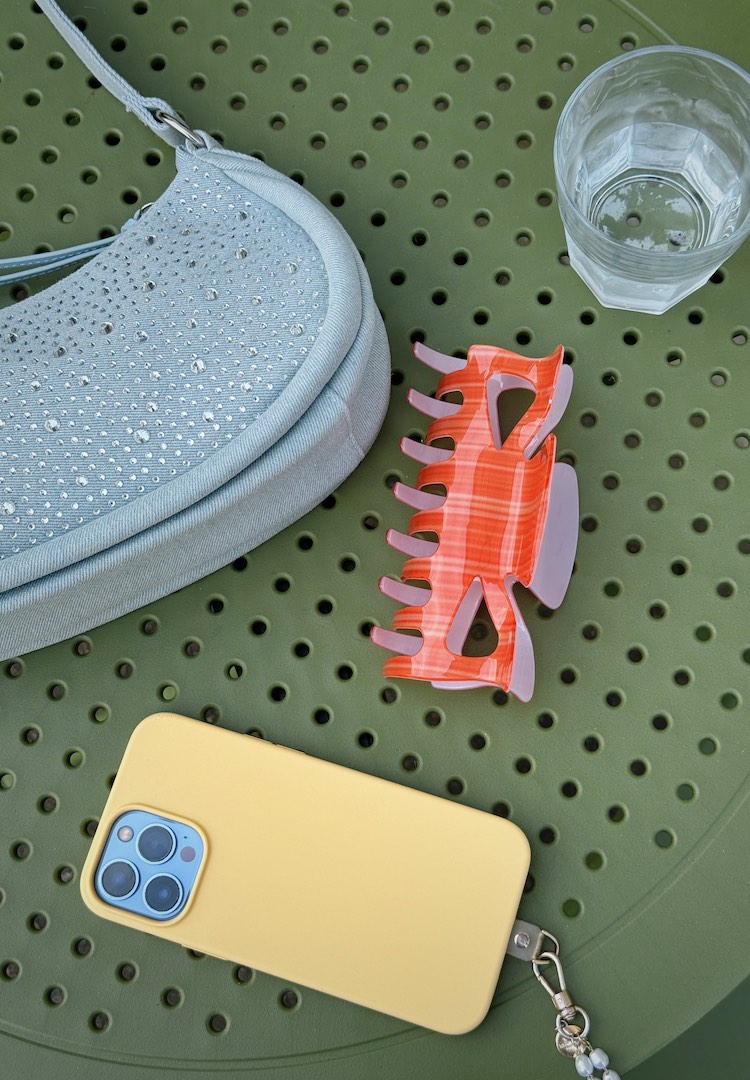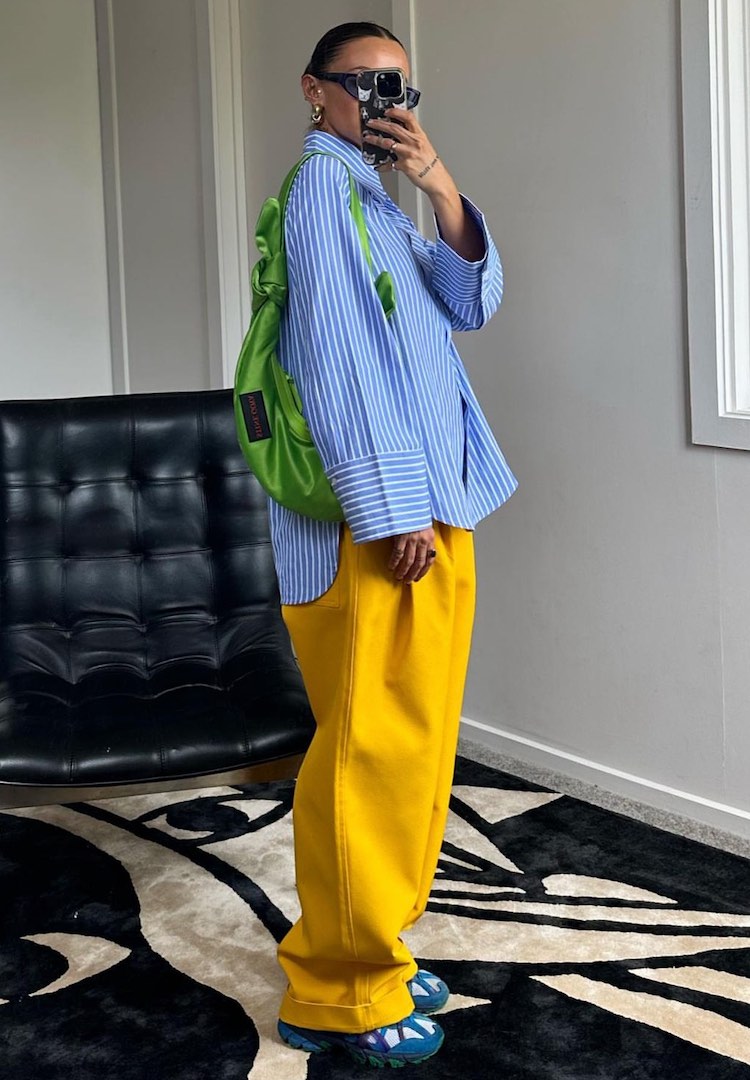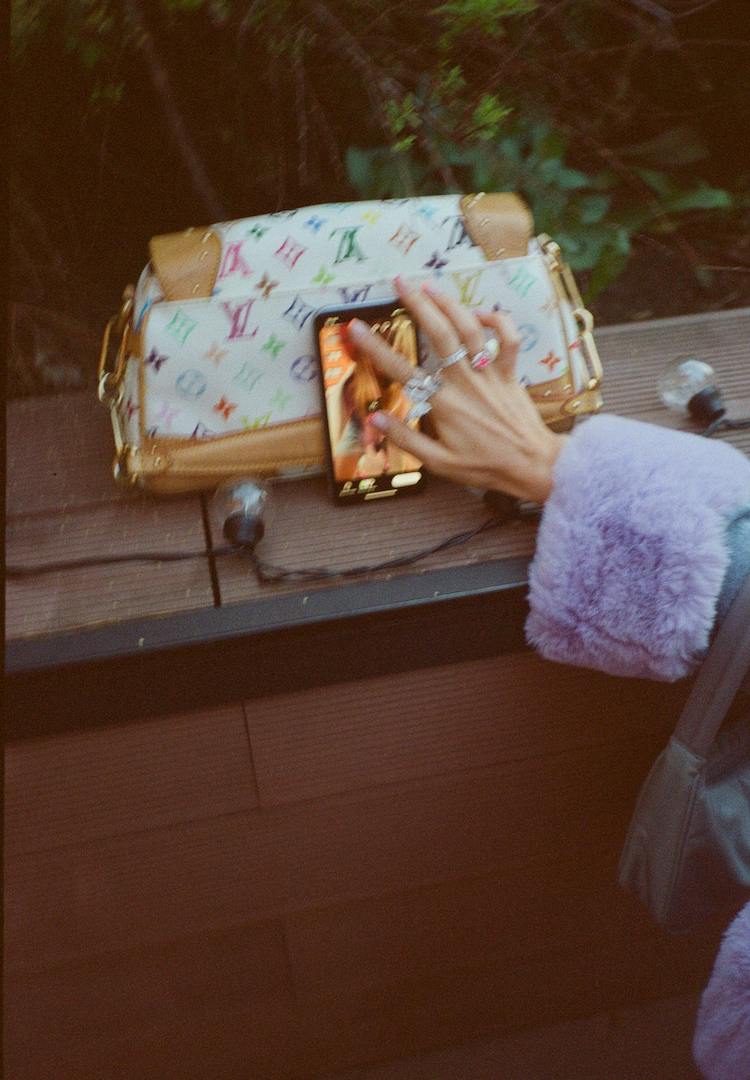How I used Instagram to sell my wardrobe
Illustration by Twylamae
#RichKidsofInstagram
We’re all friends here, so I can say this to you: I will do most things for money. I will hand out flyers, I will look after your child and I will exploit my Instagram following in order to sell my old clothes. In fact, I’ve done all three.
When it comes to the third one though, I’m an expert. I’m also a hoarder, which means I’ve tried absolutely every way to sell my clothes. eBay, Facebook, local markets, selling apps – you name it, I’ve tried it, and failed at it.
To my utter surprise, the only thing I’ve found to work is an Instagram account. Most of my stuff within one day of uploading and I now have a nice little nest egg to spend on new boots and smashed avo.
Here are my best tips.
Fail to prepare, prepare to fail
If you’re anything like me, you’ll want all the junk removed from your wardrobe and all the cash in your bank account, without having to do much at all. Unfortunately, this isn’t really possible – I know, because I tried it already. Just like most real-life companies, you have to actually put in some effort.
It begins with preparation. It took me roughly three weekends to actually get my Instagram up and running, but you could probably do it in one if you’re focussed. The first secret is that you must first clean out your entire wardrobe.
…And most people have now stopped reading.
For the rest of you, separate the items you wish to sell, the items you’re going to donate and the items that belong in the bin. This clean slate will give you a tidy pile to work with (your inventory), and make it easier when someone makes a purchase (aka, you’re not rifling through your closet trying to find that one thing you swore was in there). Before you start uploading, assess this pile to ensure there are no rips, makeup marks or BBQ sauce stains.
As the old food prep adage goes: fail to prepare, prepare to fail. Now you are ready to open your store. Congratulations.
Channel your inner photographer
Looking back at my previous attempts, I’m going to assume the reason nothing sold is because of my shit presentation. You see, presentation is everything. Don’t lay your items on a wooden floor in a dark room because no one will want to buy them (ahem).
Instead, find a white wall in your house with the best possible lighting. For me, this is beside a window in my lounge room. Annoyingly, I have to take all the frames off the wall, but it’s worth it in the long run. Use a 3M hook so you can position your clothes in the perfect spot (remembering some of your items might be pants or maxi dresses) and make sure the light is behind you.
Hang an item up to *test shoot* and try a couple of variations (leaning over the couch, standing on a stool, holding one arm up in the air) until you’ve found the EXACT POSITION.
And your inner stylist
If there’s one thing I learned from Netflix’s Girlboss, it’s that it pays to put together looks. Think about all of your favourite online stores – they always style their items into full outfits, or accessorise with a hat here, or a necktie there. It’s common female behaviour that we are 10x more likely to input our credit card details when an item we sorta like is styled in a cute way*.
I post a lot of my outfits on Instagram, so I went one step further and screenshotted every picture that featured the item. This was by far the biggest reason my clothes sold. My point? Rope in your sister, your best friend, your mum and get them to take a photo of you actually wearing the item, as part of a full outfit. Couple this with close-up images of it hanging on your perfectly-lit white wall.
They won’t be able to resist.
Get your prices right
Pricing is a very delicate area and one that many businesses struggle with. Yes, even Instagram stores selling second-hand Sportsgirl jumpers from 2009.
My strategy here is simple: I assume people are cheapskates (not entirely untrue). I usually mark everything between $10 (casual tops) and $40 (jackets). Of course, it depends on the item – if it’s genuine leather, I might sell it for slightly more, and if it’s designer I will sell it for whatever I’m comfortable to receive in return (or sell it on a Facebook forum or eBay).
One handy trick I use here is to look at each item and pull a number from the sky. Would I be happy if I got that much for it? If yes, that’s the price. If no, I adjust, or sometimes I realise I don’t want to sell it at all. It’s at this point I use my other trick: close my eyes and imagine buying something new with the money. Problem solved.
Make it easy for your customers
During this whole process, I have discovered people are very lazy. Don’t make the process too difficult for them.
For me, I ask that followers simply write SOLD on the item/s they want, then I send them a DM with the total price, my Paypal details and ask for their postal address. If you’re not quick, they will lose interest. Often, they won’t reply and I start to think maybe it’s a sick game they play across hundreds of Instagram stores.
Lastly, be on your game. People will have questions about the fit and they will want to see the one tiny patch that hasn’t been photographed. Play along, because your store prides itself on exceptional customer service.
Set some boundaries
Another thing I have learned about Instagram customers is that they really don’t want to pay postage. They would rather sit in Punt Rd peak hour traffic to meet you at your house after work, then pay postage. This does not fly with me. Everybody has different boundaries, and mine is meeting up with strangers.
To counteract this, I offer a flat rate of $10 per order within Australia, which doesn’t seem too expensive and also encourages more sales because most people want to stuff as many items in their $10 postage bag as they possibly can.
Be smart with your earnings
If there’s one piece of advice I would give you from starting an Instagram store, it’s to treat it like a real business and separate your earnings. You’re a grown-up now.
Perhaps you open a new sub-account with your bank, or perhaps you squirrel away your takings in an envelope under your mattress.
For me, I ask for Paypal payments so I can track all my sales in one spot, see how much I’ve raised all up, and use my Paypal account as my ‘New Boots and Smashed Avo Fund’ without touching any of my *real* money.

